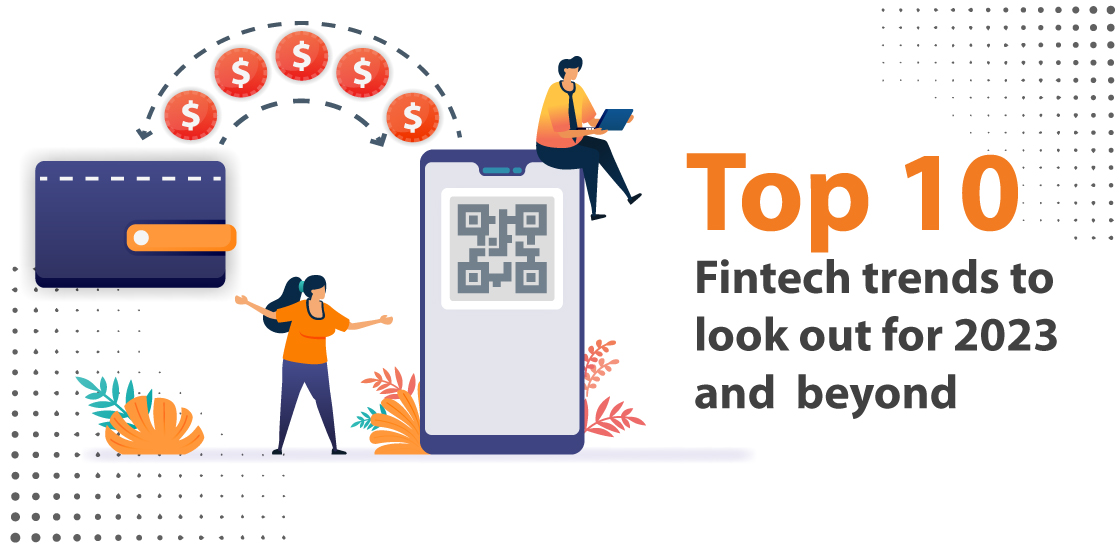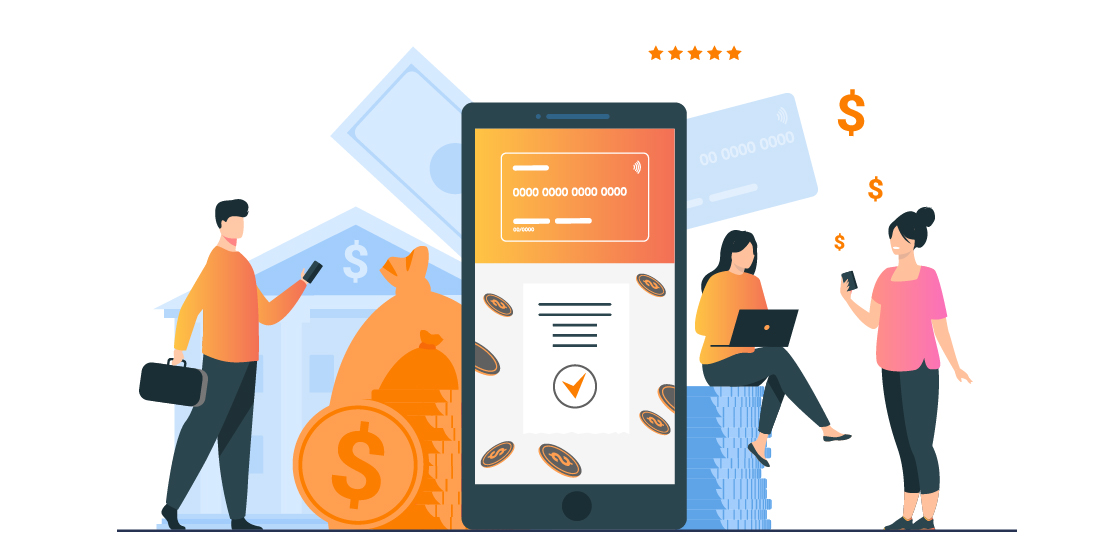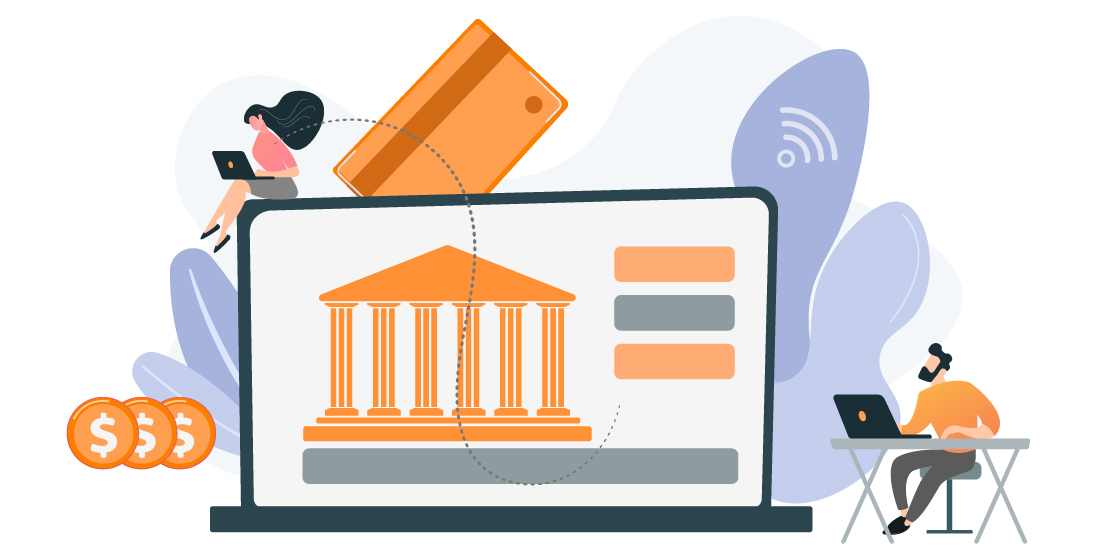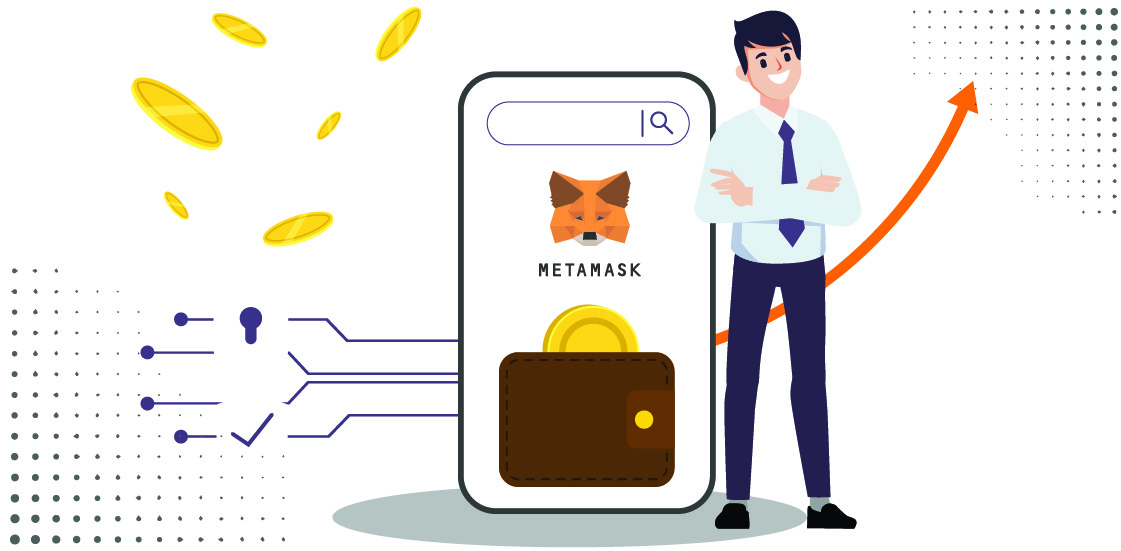
Financial technology, or fintech, is rapidly changing the way people manage their finances and interact with financial institutions. In recent years, fintech has grown exponentially, with new technologies and innovations emerging at a rapid pace.


No Interest: Most BNPL providers offer interest-free financing, making it an attractive option for consumers who need to make larger purchases but don’t have the cash upfront.
Convenience: BNPL allows consumers to spread out their payments over time, which can help with budgeting and managing expenses.
Fast and Easy: The application process for BNPL is usually quick and simple, with many providers offering instant approval and payment options.
Late Fees: If a consumer is unable to make a payment on time, they may be subject to late fees, which can add up quickly.
Debt Accumulation: BNPL can be a slippery slope for those who struggle with managing their finances, leading to a cycle of debt and financial stress.
Mobile payments have undergone a significant evolution since their introduction. Starting as a basic service that allowed users to transfer money between individuals via SMS, mobile payments have become a sophisticated and convenient way to conduct financial transactions.
Here are some of the key trends that are shaping the future of mobile payments:
Open banking is a term that’s used to describe a new way of managing your money online. Basically, it means that banks and other financial companies are working together to make it easier for you to access and manage your money using different apps and websites.


Before open banking, you might have had to log in to different websites or apps for each of your bank accounts or credit cards. With open banking, you can connect all of your accounts to one app or website, so you can see all of your money in one place.
One of the coolest things about open banking is that it lets you give permission for different apps and websites to access your bank account information. This means that you can use all kinds of different apps to help you manage your money, like budgeting apps, investment apps, or even apps that help you save money on your bills.
Of course, you might be wondering if it’s safe to give all of these apps and websites access to your bank account. The good news is that open banking is designed to be very secure. All of the companies that are involved in open banking have to follow strict rules to protect your information, so you can feel safe using different apps to manage your money.
Overall, open banking is a new way of managing your money that makes it easier and more convenient to access all of your financial information in one place, and to use different apps and websites to help you manage your money better.
Cross-border payments are an essential aspect of global trade, and the payment industry is experiencing significant transformations with the introduction of cryptocurrencies. Cryptocurrencies have revolutionized cross-border payments by eliminating the need for intermediaries and providing a fast, cost-effective alternative to traditional payment methods.
Before the invention of cryptocurrencies, cross-border payments were carried out using traditional payment methods such as bank transfers, wire transfers, and credit/debit card transactions. These methods involved several intermediaries which can result in slow transaction times high fees and risk of fraud.
These methods are also subject to currency conversion fees and exchange rate fluctuations which can add to the overall cost of the transaction.
Cryptocurrencies provide a fast secure cost-effective alternative to traditional payment methods for cross-border transactions.
Unified Payments Interface (UPI) is a mobile-based payment system that has been developed by the National Payments Corporation of India (NPCI). Since its launch in 2016, UPI has revolutionized the way payments are made in India.
UPI has the potential to drive globalization in several ways, including:
Cross-border payments: UPI allows for easy and secure cross-border payments, which can help businesses expand their operations globally. With UPI, businesses can send and receive payments from anywhere in the world, making it easier to do business across borders.
Lower transaction costs: UPI transactions are highly cost-effective, which can reduce the transaction costs associated with cross-border payments. This can be especially beneficial for small and medium-sized enterprises (SMEs) that may not have the financial resources to bear the high costs associated with traditional payment methods
Increased transparency: UPI transactions are highly transparent, which can help build trust between parties involved in cross-border transactions. This can be especially beneficial for businesses that are new to cross-border trade and may be wary of fraudulent activities.
Increased speed: UPI transactions are completed almost instantly, which can significantly reduce the time required to complete cross-border transactions. This can help businesses respond to market changes quickly and efficiently, which is crucial for success in the global marketplace.
Greater accessibility: UPI is highly accessible, with more than 200 banks in India offering UPI services. This makes it easier for businesses to access cross-border payment services, regardless of their location or size.
Conclusion:
In conclusion, the fintech industry is rapidly changing, and these trends are set to continue in the coming years. Companies that can adapt to these changes and embrace new technologies will be best positioned to succeed in the competitive and rapidly-evolving fintech landscape.














With the simple additional steps outlined in this guide, you can easily...
Vipul Makwana
14 Jun 2023

Designers can unlock the full potential of AI and create better user...
Parth Parmar, Moin Vhora
28 Jul 2023Hello!
Send us your basic project requirements, one of our Team managers will evaluate your requirement and get back with you with a formal proposal.